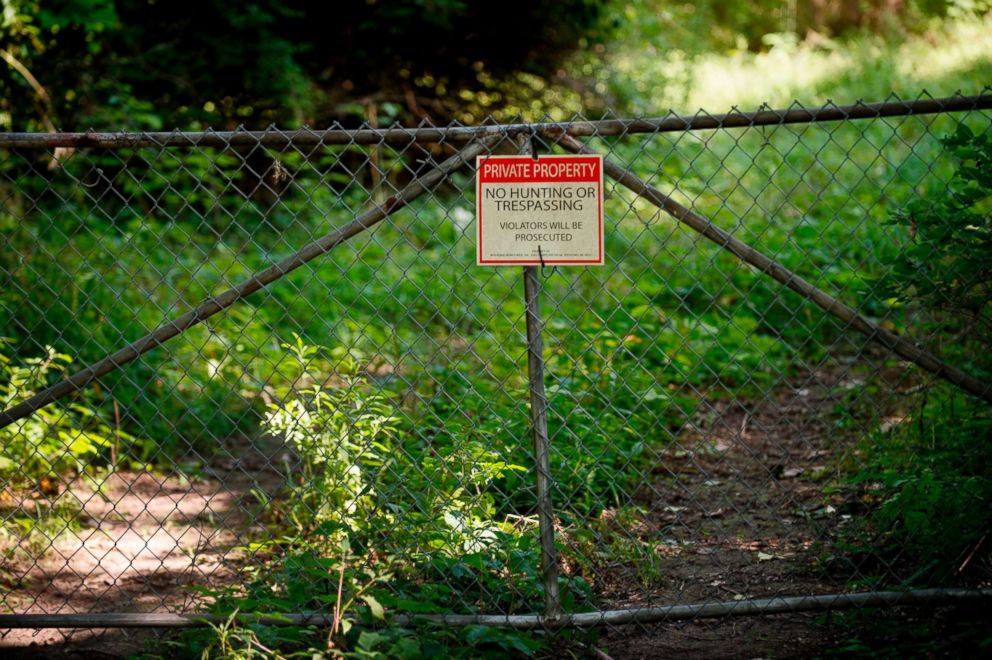EPA will move to label chemical found in drinking water 'hazardous'
The EPA is being criticized for blocking some reporters from the event.
Environmental Protection Agency chief Scott Pruitt says the agency will move to regulate as "hazardous" a type of harmful chemical found in the drinking water of millions of Americans, calling it a "national priority."
The type of chemical is commonly known as PFAS or PFOS and is used in nonstick pans, making furniture and carpets stain resistant, absorbing grease in products like pizza boxes as is contained as well in firefighting foam commonly used at airports.
EPA first published rules about the chemical in 2002 when the 3M company agreed to phase them out. The EPA studied the health effects of exposure for several years and published a health advisory in 2016.
Some state and local advocacy groups in areas contaminated by PFAS chemicals say the EPA has taken too long to act on the risk and has not done enough to provide help or research to clean up the chemicals.
The EPA says the chemical can cause health problems and even cancer if it people are exposed to it in soil or water.
This type of chemical has attracted more attention after a Politico report that officials from EPA, the Pentagon, and the White House sought to delay a report from an agency within the Centers for Disease Control that evaluates whether chemicals are toxic. Emails referenced in that story, and obtained by the Union of Concerned Scientists through public records requests, indicated that the study found PFAS chemicals are hazardous at lower levels than currently recommended.
Pruitt said Tuesday that the agency has a four-step plan for labeling the chemicals as hazardous and setting a maximum level for when it needs to be cleaned up. But the announcement was partly overshadowed after the Associated Press and other news outlets said their reporters were not allowed into the event.
Some facilities that used these chemicals in manufacturing have released them into the soil or water in the area, which causes them to accumulate because they are difficult to clean up and remain in the environment for a long time. Research shows that people exposed to the chemicals through drinking water or who eat food grown in contaminated soil can be more likely to get cancer or face health problems like hormone disruption.
"As we've used those chemicals over the course of many decades there are concerns across the country about these chemicals because of the persistence, their durability getting into the environment and impacting communities in an adverse way. That's the reason we're here today," Pruitt said in remarks at a summit on PFAS chemicals at the EPA on Tuesday.
An analysis from the non-partisan advocacy group Environmental Working Group found that some level of the chemicals are present in drinking water for up to 110 million Americans. Drinking water systems for at least 16 million people tested with PFAS levels higher than the limit recommended by the EPA.
Multiple states have found PFAS chemicals in drinking water, including Michigan where the state is still recovering from the lead crisis in Flint. Pruitt said Tuesday that he will travel to Michigan and other states to discuss the issue with local communities.

The EPA has published advisories that PFAS chemicals are dangerous at a level of 70 parts per trillion, but some researchers and advocacy groups have said the level should be much lower. The EPA's recommended level is not an official limit but is often used as the level for when states or companies need to take action to clean up the chemical
When asked about the delayed study on the danger of the chemicals Pruitt recently said in a hearing that he didn't know the study was delayed and that he thinks it should be released, but told at least one member of Congress in a letter that EPA does not have the authority to release the study.
The office within CDC that evaluates toxic chemicals, the Agency for Toxic Substances and Disease Registry, said in a statement that they are working with other agencies to finalize the report but do not have a date for when it will be released.
The EPA will be visiting communities impacted by PFAS contamination in the next few months and says on its website a plan will be developed by Fall of this year.
Some groups also posted on social media that members of the public weren't invited to participate in the summit. The EPA live-streamed the opening remarks and posted a docket for public comments but the live stream stopped when the participants broke up into working sessions. Reporters at the event tweeted that they were told to leave after Pruitt and others spoke and the Associated Press reported that its reporter and some from other news outlets were blocked from attending at that they were forced out of the building by a security guard.
The EPA later said that the afternoon sessions of the summit would be open to press.




